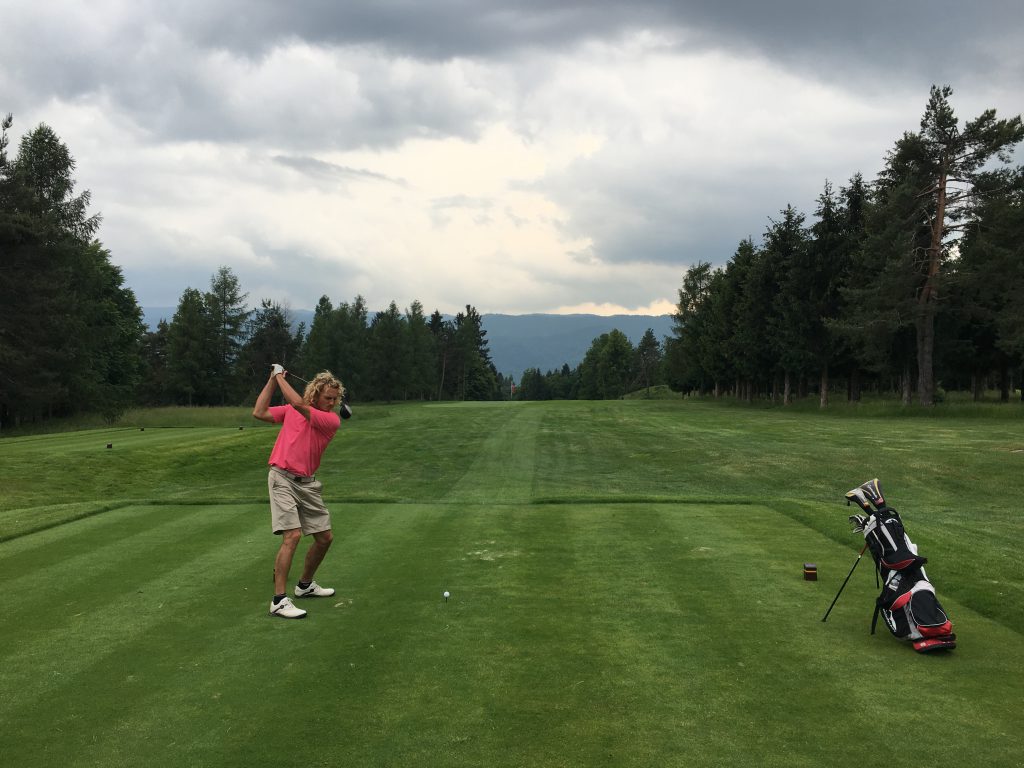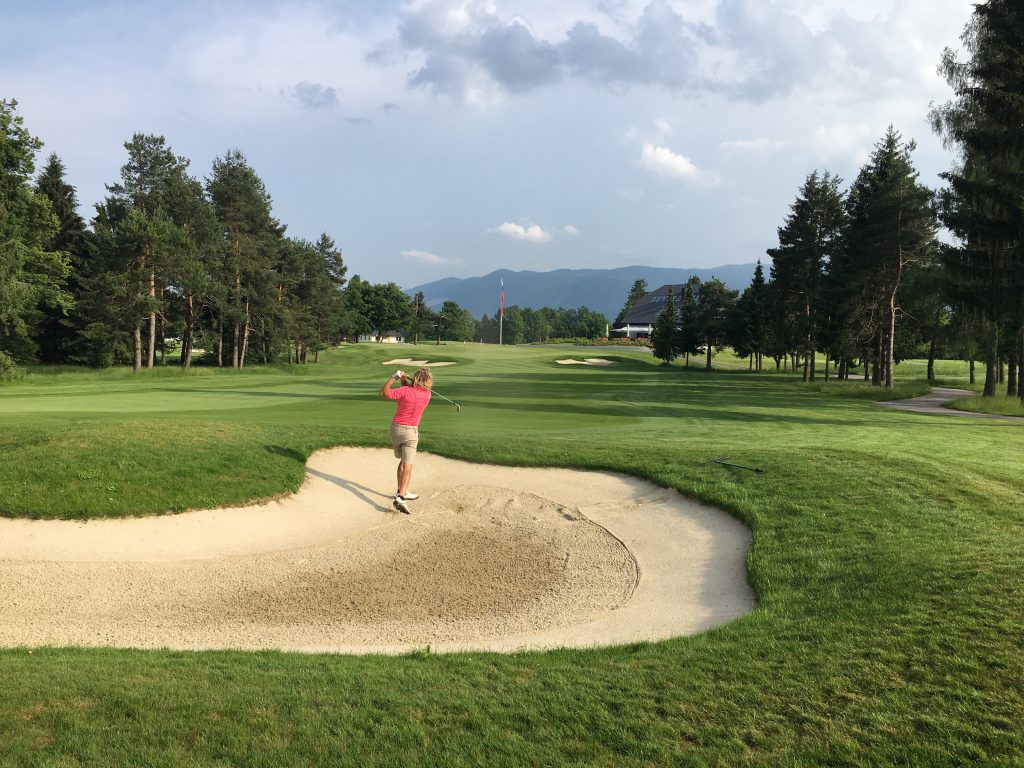As golf adapts, do golf courses have to die?
Modern equipment is increasing driving distances at alarming rates – and this is in turn threatening the futures of some golf clubs. Course designer William Swan looks at the issue and details what clubs can do to accommodate this trend without making their courses bigger.
Flicking through the @SwanGolfDesigns Twitter feed whilst waiting for a train recently, I stumbled across an interesting short video which set my mind racing. The video showed one young golfer taking two consecutive swings in an indoor teaching studio. The first swing was with a late 80s / early 90s Persimmon-headed, steel shafted driver and a similar vintage balata ball. Both would have been considered top of the range equipment at the time of their release. The second swing was with a modern driver and a modern, tour-standard ball. Tracking equipment captured both shots and the results were clearly displayed to the camera.

Now I’m not someone who thinks the extraordinary distances that today’s pros hit is solely down to the equipment they use. I recognise that many pros develop greater power than their predecessors, whether through better swing mechanics or more athletic builds. However, it was hard not to be struck by this short demonstration, despite it being hardly the most scientifically or statistically rigorous.
Results of golf drive with 80s / 90s versus modern equipment
Persimmon driver / balata:
Ball speed: 156 mph
Club speed: 110 mph
Carry: 233 yards
Total: 243 yards
Modern driver / ball:
Ball speed: 170 mph
Club speed: 116 mph
Carry: 287 yards
Total: 305 yards
(Thanks to British PGA master professional Jonathan Yarwood – @JonathanYarwood on Twitter – for posting the video.)
I’m not qualified to say why the two sets of results were different, but I can say that this has had a significant impact on the golf that I play and the courses that I work on over the past 30 years.
Charles Darwin, not known to be a golf fan, wrote: “It is not the strongest species that survive, nor the most intelligent, but the ones most responsive to change.” Golf has long recognised that it must adapt to survive, and thankfully we already know that it can. Throughout its history the game has constantly evolved, embracing the change from hickory to steel to graphite shafts, from solid wooden to featheries to gutties to dimpled to balatas to the modern rubber / resin / polymer balls. In addition golf has had to contend with multiple social and economic changes that have profoundly affected the game, and still do today. However, it has been the disproportionate increase in driving distances over the past 20 to 25 years that seems to be causing the game much, if not most, difficulty.

The most frequently tried ‘solution’ has been to lengthen golf courses, particularly those that are played on professional tours. This has led to some startling developments, such as new championship tees on the Old Course being placed across the ‘tracks’ (on the adjacent driving range and Eden course), and Augusta National purchasing increasingly large sections of adjoining properties so that additional yards can be added to many of the holes we know and love. That’s fine for those venues that host major tournaments, but it’s not really economically or practically viable for most golf courses.
Of course, the most obvious answer is to manage the rules governing playing equipment so that driving distances do not increase at the pace that they currently are, or preferably not at all. I understand that the development of such equipment is a multi-billion dollar industry, one which employs thousands of people around the world and which contributes significantly to the game. But I also believe that the continuous pursuit of progress could be channeled towards technological advances which improve the golfers’ experience but do not push thousands of fantastic, historic venues towards obsolescence.
In the meantime, Swan Golf Designs will continue to help our clients in the UK and beyond to find sensible solutions to the problems caused by increased driving distances. We’ll continue to design a wider range of tee locations to better account for the ‘bombers’, the ‘bumblers’ and everyone else in between. We’ll continue to review the location of hazards on the course, moving bunkers to challenge the longer hitters whilst trying not to unfairly penalise those who struggle to carry them in two. We’ll continue to advocate the narrowing of landing areas at appropriate distances from the tee, while at the same time reminding our clients not to be so aggressive with set-up that the pace of play becomes too slow. We’ll continue to realign golf holes further away from adjacent property boundaries, buildings, roads and footpaths to reduce the likelihood of more golf balls landing beyond the limits of the courses. We’ll continue to design and renovate courses with one eye on golf’s rich history and the other on future trends, all whilst maintaining focus on the present needs of our clients, their courses and the golfers that play them.
And, of course, we’ll continue to lobby golf’s governing bodies and vested interests to take reasonable and relevant action so that we won’t have to return to the same courses in another 20 to 25 years to undergo the same process all over again.
William Swan is a golf course architect from Swan Golf Designs. Visit www.swangolfdesigns.com















It’s human nature to always view things in the context of bigger, farther, more, robust, super-sized, more, more , more, etc. and as a result the standard golf game now finds itself in the midst of a culture change, where time, cost & satisfaction have become paramount. So as a result we have simply developed a new “Hybrid golf ball”, that actually changes (recalibrates & adapts) the playing dynamics of the smaller golf course into a big golf course, yet maintains the same traditional format. It’s the same golf game on a 60% scale, played in 1/2 the time, utilizing only 1/3 land use.
Kind of like what happened to the big dinosaurs when they couldn’t adapt and the small took their place.
Think efficiency, economy, enjoyment, eco-responsibility…the 4 E’s of the standard games epocalypse.